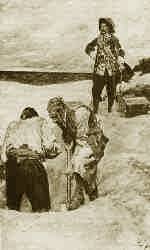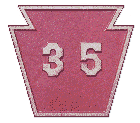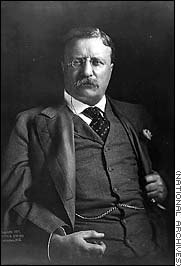Originally inhabited by the Matinecock Indians, Oyster Bay was settled and named (primarily due to its abundance of shellfish) by the Dutch in 1615 . In 1653, English colonists Peter Wright, Samuel Mayo and the Rev. William Leverich came from Cape Cod and settled near Oyster Bay Harbor.
 During the colonial era, Oyster Bay had a reputation as a hotbed of smuggling and it was Captain Kidd’s last port of call before sailing to Boston, where he was arrested, transported to London and hanged (perhaps somewhere in Oyster Bay the secret of Captain Kidd’s Lost Treasure can be found).
During the colonial era, Oyster Bay had a reputation as a hotbed of smuggling and it was Captain Kidd’s last port of call before sailing to Boston, where he was arrested, transported to London and hanged (perhaps somewhere in Oyster Bay the secret of Captain Kidd’s Lost Treasure can be found).
During the revolution, Oyster Bay (like many parts of New York) retained a high loyalist sentiment. The British Troops headquarters were Raynham Hall, home of Patriot Samuel Townsend, whose son Robert was an effective spy for General George Washington.
The Long Island Rail Road began service to Oyster Bay on June 24, 1889. The original Oyster Bay station will become a railroad museum owned by the town which will display one of the last Steam Locomotives (#35).
Commercial shellfishing began in the late 1880s. One of the original baymen in 1876 was William Flower. His business was expanded by his sons and became Frank M. Flower and Sons Inc., an oyster and clam company that continues as Long Island’s only shellfish cultivation and harvesting company to this day.
 Of course no history of Oyster Bay would be complete without mentioning our most famous resident, and the only President from Long Island, Theodore Roosevelt, who built Sagamore Hill in Cove Neck in 1885. During his two-term presidency, which began in 1901, Sagamore Hill served as the summer White House. Roosevelt attended Christ Church, and his pew is marked by a plaque.
Of course no history of Oyster Bay would be complete without mentioning our most famous resident, and the only President from Long Island, Theodore Roosevelt, who built Sagamore Hill in Cove Neck in 1885. During his two-term presidency, which began in 1901, Sagamore Hill served as the summer White House. Roosevelt attended Christ Church, and his pew is marked by a plaque.
For a more detailed history of Oyster Bay and this part of the North Shore of Long Island (including Centre Island, Bayville, and Oyster Bay Cove) please visit the Oyster Bay Historical Society.
